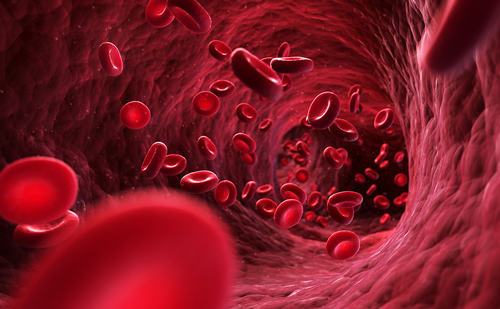The inhibitory effects of polysaccharide peptides (PsP) of Ganoderma lucidum against atherosclerosis in rats with dyslipidemia
Abstract:
Overview
Background. Atherosclerosis occurs as a result of low-density lipoprotein (LDL) deposits oxidation. Endothelial dysfunction is an early process of atherosclerosis. Restoring endothelial lining back to normal by endothelial progenitor cells (EPCs) is critical for slowing or reversing vascular disease progression. Oxidative stress from hydrogen peroxide (H2O2) is increased in dyslipidemia so that antioxidant agent is required to prevent destruction of blood vessels. Objectives. This study aims to report Ganoderma lucidum polysaccharide peptide (PsP) effects in atherogenic process by measuring H2O2 level, IL-10 level, and EPC number in blood serum, and also intima-media thickness of aorta in dyslipidemia Wistar rat model by giving them a hypercholesterol diet (HCD). Materials and methods: The study was an experimental in vivo post-test with control group design. Thirty-five Wistar rats (Rattus norwegicus) were divided into five groups (normal diet group, HCD group, and hypercholesterol groups that received 50 mg/kg, 150 mg/kg, and 300 mg/kg bodyweight PsP). Results. Each treatment group showed significant results for the administration of PsP using the one-way analysis of variance test (p<0.050) for the reduction of H2O2 (p = 0.003), levels of IL-10 (p = 0.027), number of EPC in the blood serum (p = 0.011), and the intima-media thickness of the aorta (p = 0.000). PsP from G. lucidum is a potent antioxidant and may prevent atherogenesis process in patients with dyslipidemia. Conclusions. The optimum doses of PsP in this study is 300 mg/kg bodyweight. Further studies are required to determine the antioxidant effects of PsP G. lucidum and its benefits in the management of dyslipidemia.
Keywords
Atherogenesis, Dyslipidemia, EPC, PsP
Article:
Article Information:
Disclosure
Financial support: No grants or funding have been received for this study.
Correspondence
Titin Andri Wihastuti Department of Biomedicine Faculty of Medicine Brawijaya University Veteran 1 Malang 65112 East Java, Indonesia titinwihastuti@gmail.com







